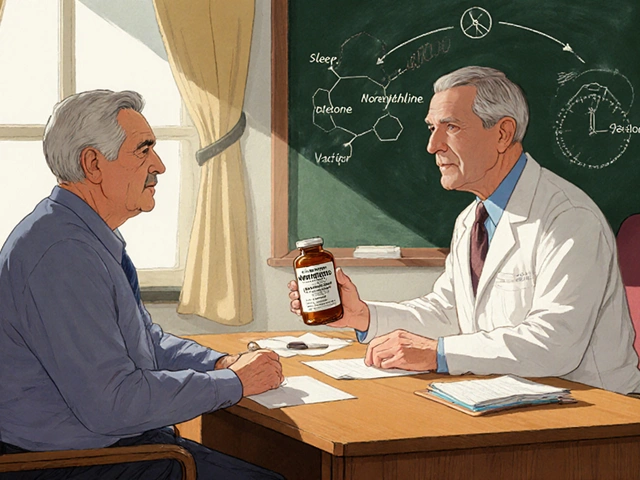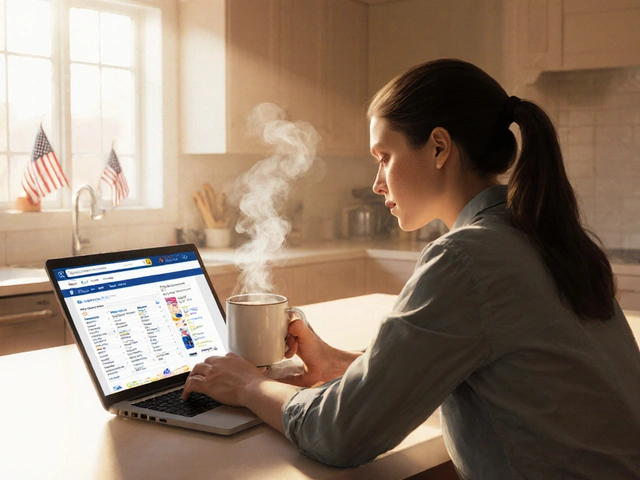Dehydration Symptoms: How to Spot Them Fast
Feeling dizzy, thirsty, or oddly tired? Those could be dehydration symptoms. Dehydration happens when your body loses more fluid than it takes in. That sounds simple, but the signs can range from subtle to serious. Knowing what to watch for and what to do right away can stop a small problem from becoming an emergency.
Signs to watch for
Early signs are usually easy to miss: dry mouth, darker urine, mild headache, and low energy. If you ignore those, symptoms can get worse. Noticeable signs of moderate dehydration include strong thirst, less frequent urination, dizziness when standing, fast heartbeat, and lightheadedness. Severe dehydration is dangerous — look for very dry skin, confusion, fainting, very low urine output, rapid breathing, or a sunken look in a baby’s eyes.
Babies and older adults show different clues. Babies may have a sunken soft spot on the head, no tears when crying, or fewer wet diapers. Older adults may feel confused or very tired and might not feel thirsty even when they need fluids.
What causes dehydration right now
Common causes include sweating in the heat, vomiting, diarrhea, fever, and not drinking enough when active. Some medicines (like diuretics) and heavy alcohol use also speed fluid loss. If you’re sick, especially with diarrhea or vomiting, you can lose electrolytes as well as water — that makes symptoms worse and recovery slower.
So what should you do? For mild dehydration, start sipping fluids immediately. Water works, but an oral rehydration solution (ORS) is better if you’ve had a lot of vomiting or diarrhea. A simple home ORS: mix 1 liter of clean water with 6 level teaspoons of sugar and 1/2 level teaspoon of salt. Sip small amounts every few minutes rather than gulping. For most adults, aiming for about 2–3 liters of fluids a day is a good baseline; increase that in heat or during illness.
If someone shows severe signs — confusion, fainting, very low urine output, or is unable to keep fluids down — get medical help now. Children, older adults, and people with chronic illnesses should be checked sooner rather than later.
Prevention is simple and practical: drink regularly during hot weather or exercise, replace fluids after vomiting or diarrhea, avoid excessive alcohol, and watch urine color (pale yellow is good). If you’re planning a long hike or outdoor work, bring more water and a small electrolyte mix. Paying attention to small symptoms can save you from a big problem.
If you want quick tips for a specific situation — like dehydration after a long flight or how to rehydrate a child — tell me and I’ll give clear steps you can use right away.

Alcohol and Spironolactone: Health Risks, Potassium Spikes & Dehydration You Can't Ignore
Mixing alcohol with spironolactone can hit harder than you think, causing potassium spikes, sudden dizziness, and risky dehydration. This article digs into the biology behind these side effects, unpacks warning signs, and delivers practical tips for avoiding complications. You'll find real-life advice, a must-see list of dehydration signals, and facts you won’t stumble upon on a medicine bottle. Stay informed—your kidneys and heart will thank you.
Health and MedicineLatest Posts
Tags
- online pharmacy
- medication
- dietary supplement
- side effects
- online pharmacy UK
- mental health
- impact
- online pharmacies
- dosage
- medication safety
- skin health
- health
- pain relief
- dietary supplements
- massage therapy
- medication side effects
- eye inflammation
- health benefits
- mental health treatment
- thyroid medication




